How to Teach a Dog Their Name in 9 Simple Steps

Updated on
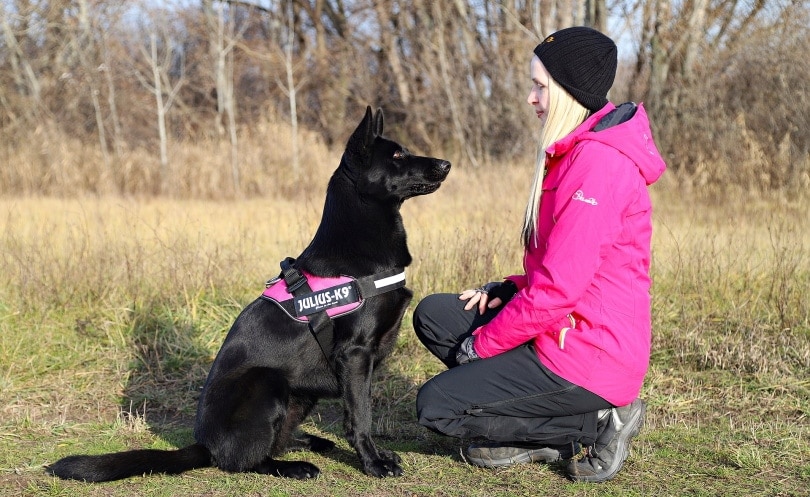
Dogs are known as “man’s best friend” for a reason. They are loyal, loving, and always happy to see their human companions. One of the most important things you can do for your dog is teach them their name. This will allow you to easily communicate with them and help them learn basic commands. In this blog post, we will discuss 9 simple steps that will help you teach your dog their name!
Before We Begin
The first thing you need to do is choose a name for your dog. It is important to choose a name that is short, easy to say, and doesn’t sound too similar to other common words or commands. Once you have chosen a name, it’s time to start teaching your dog!
A Word on Dog Training Techniques
There are a variety of different techniques that can be used to teach a dog their name. In this blog post, we will be discussing two common methods: positive reinforcement and negative punishment.
Positive reinforcement is when you reward your dog for displaying the desired behavior. For example, if you give your dog a treat every time they come when you call their name, they will learn that coming when you call is a good thing. This is one of the most effective ways to train a dog.
Negative punishment is when you remove something your dog wants in order to decrease the occurrence of undesired behavior. For example, if you stop playing with your dog every time they bark at you, they will learn that barking is not a desirable behavior.
Now that we’ve discussed some of the basics, let’s get started!
The 9 Simple Steps to Teach a Dog Their Name
1. Use a Positive Tone
Start by calling your dog’s name in a happy, excited tone. This will help them associate their name with positive emotions. Be sure to use their name frequently throughout the day, both when they are doing something good and when they are just hanging out with you.
2. Use Positive Reinforcement
The next step is to start teaching your dog that coming when you call their name is a good thing. To do this, you will need to use positive reinforcement. Give your dog a treat every time they come when you call their name. You can also give them lots of praise and petting.

3. Try Different Inflections
If you are still having trouble getting your dog to respond to their name, there are a few things you can try. First, make sure that you are using a short, easy-to-say name. You may also want to try using different inflections when saying their name or offering a higher-value reward.
4. Increase the Reward
If your dog is not responding to their name, you may need to increase the value of the reward you are offering. This could mean giving them a more desirable treat or using a higher-pitched voice when calling their name.
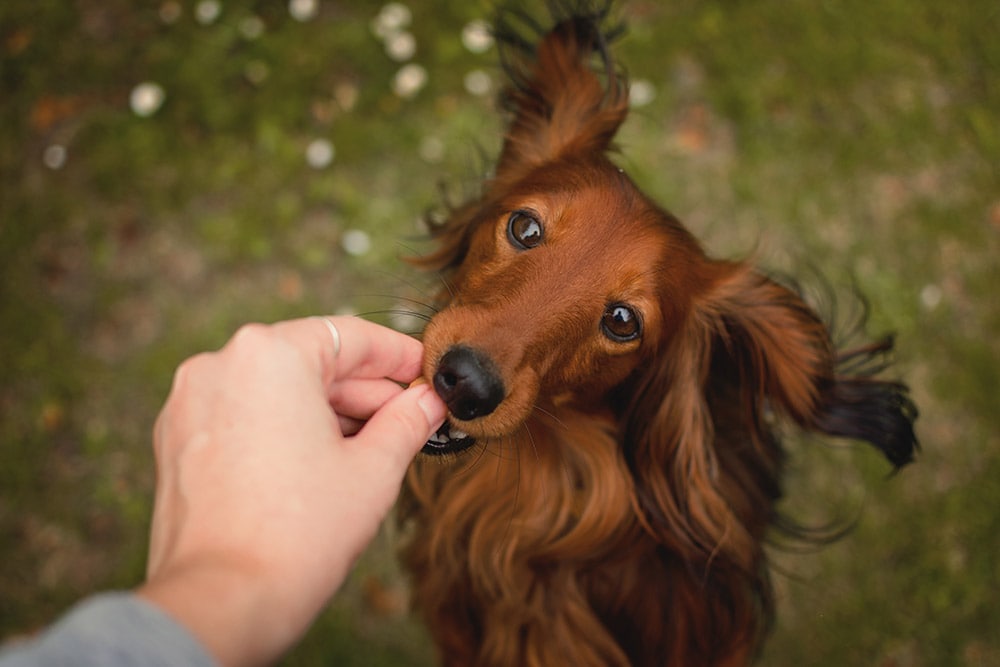
5. Use the Name Frequently
It is important to continue using your dog’s name frequently, even after they have learned to respond to it. This will help them maintain a good association with their name and prevent them from forgetting it.
6. Use the Name Regularly
If you haven’t been using your dog’s name regularly, now is the time to start! Be sure to use it in a variety of different situations so that your dog doesn’t begin to associate it with only one specific thing.
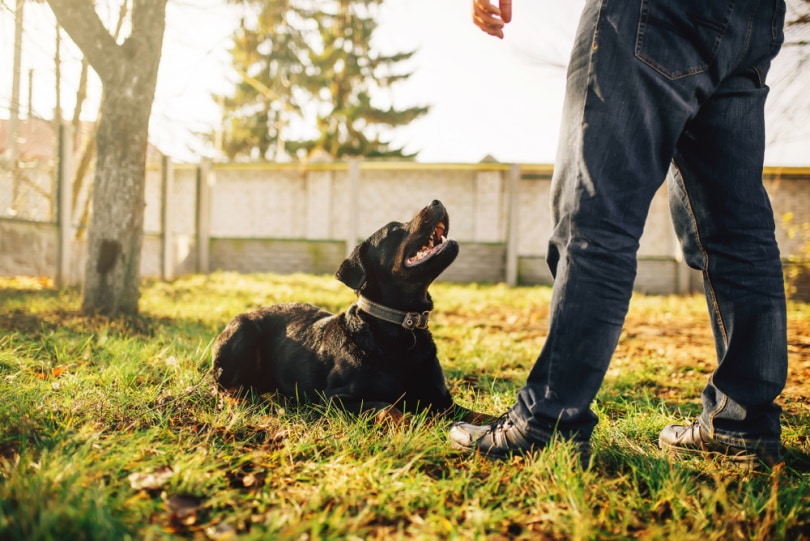
7. Be Consistent
It is important to be consistent when teaching your dog their name. This means using the same name, inflection, and rewards every time you call them. If you are inconsistent, it will only confuse your dog and make it more difficult for them to learn.
8. Be Patient
Be patient when teaching your dog their name. It may take a few days or weeks for them to really learn it, but eventually, they will get it. Just keep using their name frequently and rewarding them when they respond correctly.
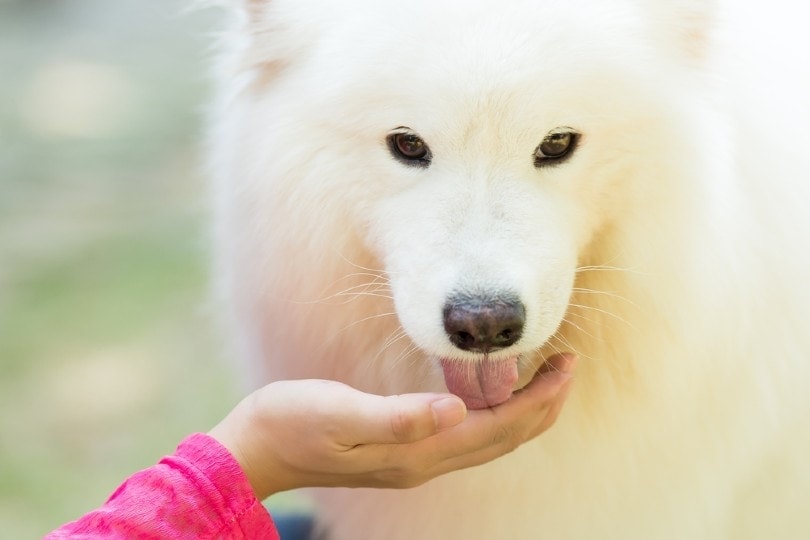
9. Celebrate
Once your dog has learned their name, congratulations! You have successfully taught them one of the most important commands. It’s time to celebrate your accomplishments! And be sure to keep using their name regularly so that they don’t forget it.
More Tips and Tricks for Teaching Your Dog Their Name
- Use your dog’s name as often as possible, both when they are doing something good and when they are just hanging out with you.
- Reward your dog every time they respond to their name. This could be with treats, praise, or both.
- If your dog is not responding to their name, try increasing the value of the reward you are offering.
- Be consistent when using your dog’s name. This means using the same name, inflection, and rewards every time you call them.
- Be patient when teaching your dog their name. It may take a few days or weeks for them to really learn it, but eventually they will get it.
- Say your dog’s name during feeding times, as you give them their bowls
Benefits of Teaching a Dog Their Name
There are many benefits to teaching a dog their name.
- First, it helps you build a bond with your dog. When they learn that you are the one who is calling their name, they will start to see you as the leader of the pack.
- Additionally, it can help you train your dog more effectively since they will be more likely to listen when you use their name.
- Finally, it can help keep your dog safe since they will be more likely to come to you when you call them by name.
- It’s part of a solid foundation of basic obedience skills.
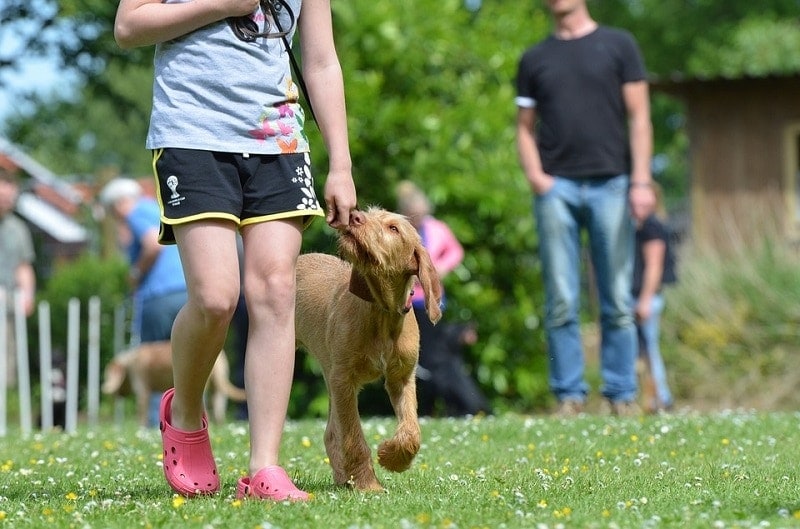
Other Basic Obedience Skills
Once you teach your pet their name, you can begin teaching them simple basic obedience commands such as:
- “Sit”
- “Stay”
- “Come”
- “Down”
- “Off”
Each of these commands will help you train your dog to be well-behaved and responsive. As always, be sure to use positive reinforcement when they display the desired behavior. With a little patience and practice, you’ll be able to teach your dog all of these commands in no time!
A Word About Negative Attention
One final note about teaching your dog their name: be sure to avoid calling them by their name when you are scolding them or trying to get their attention for negative reasons. This will only cause them to associate their name with bad things and make it more difficult for them to learn.
If you need to get their attention for something negative, try using a different word or phrase. For example, you could say “No” or “Uh-oh” instead of their name.
By following these simple tips, you’ll be able to teach your dog their name in no time! Just remember to be patient, consistent, and use positive reinforcement, and you’ll be well on your way to a well-trained pup.

Should I Give My Dog Nicknames Yet?
If you’re like most people, you probably have a nickname for your dog. But should you use it?
The answer is maybe. If you want to give your dog a nickname, go ahead! However, be aware that this could make it more difficult for them to learn their actual name.
Nicknames can be confusing for dogs since they already have a name. If you do decide to give your dog a nickname, make sure it is something short and easy for them to understand.
For example, if your dog’s name is Max, you could call them “Maxie” or “Maximus.” Just avoid using nicknames that are too long or complicated, as this will only make it more difficult for your dog to learn their name.
What If My Dog Isn’t Learning Their Name?
If you’ve been using the tips in this article but your dog still isn’t responding to their name, don’t worry! There are a few other things you can try.
- First, make sure you are using their name as often as possible. The more they hear it, the more likely they are to learn it.
- Additionally, try increasing the value of the rewards you are offering when they respond to their name. This could mean using higher quality treats or giving them more praise.
- Finally, be sure to be patient! It can take some dogs a little longer to learn their name than others. Just keep at it and eventually they will get it.
Conclusion
In this article, we have provided 9 simple steps for teaching your dog their name. Following these tips will help you teach your dog this important command in a way that is positive and effective. Remember to be patient and consistent when using these techniques, and soon your dog will know their name like the back of their paw!
Featured Image Credit: Yama Zsuzsanna Márkus, Pixabay















